We spent a few days in the Cape Elisabeth & Portland with our guest Misha Mamontov. Oysters were delicious, weather was great, and views were stunning.
Portland, which was known as Falmouth until 1786, was America’s sixth busiest port by the 1790s. There were no lighthouses on the coast of Maine when 74 merchants petitioned the Massachusetts government (Maine was part of Massachusetts at the time) in 1784 for a light at Portland Head, on the northeast coast of Cape Elizabeth, to mark the entrance to Portland Harbor. The deaths of two people in a 1787 shipwreck at Bangs (now Cushing) Island, near Portland Head, led to the appropriation of 150 pounds (roughly $700) for a lighthouse in June 1789. Construction began in August 1789. The project was delayed by insufficient funds, and construction didn’t progress until 1790 when Congress appropriated an additional $1,500, after the nation’s lighthouses had been ceded to the federal government. The stone lighthouse was built by local masons Jonathan Bryant and John Nichols. The original plan was for a 58-foot tower, but when it was realized that the light would be blocked from the south it was decided to make the tower 72 feet in height instead. Bryant resigned over the change, and Nichols finished the lighthouse in January 1791.
President George Washington approved the appointment of Capt. Joseph Greenleaf, a veteran of the American Revolution, as first keeper. The light went into service on January 10, 1791, with whale oil lamps showing a fixed white light. At first, Greenleaf received no salary as keeper; his payment was the right to fish and farm and to live in the keeper’s house. As early as November 1791, Greenleaf wrote that he couldn’t afford to remain keeper without financial compensation. In a June 1792 letter, he complained of many hardships. During the previous winter, he wrote, the ice on the lantern glass was often so thick that he had to melt it off. In 1793, Greenleaf was granted an annual salary of $160.


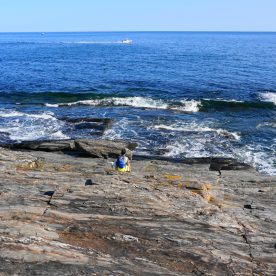
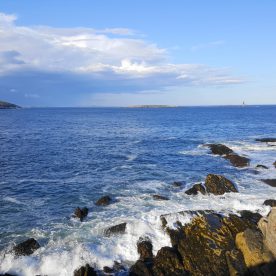

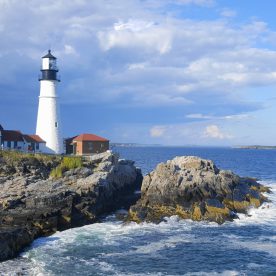

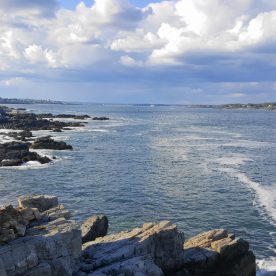
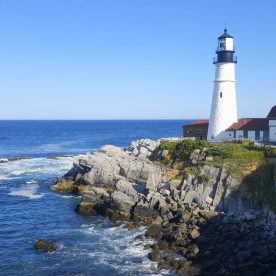
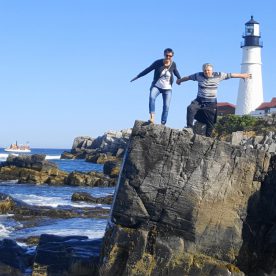
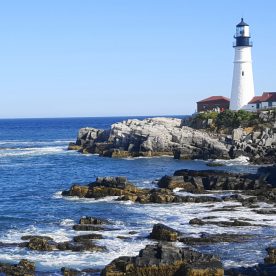

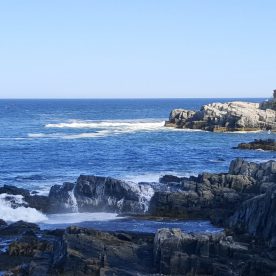
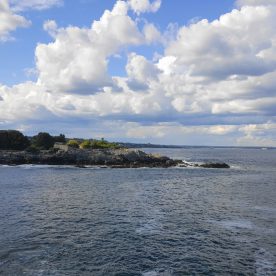


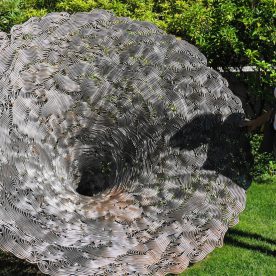
Аркаша,аноним это я.целую.
Thank you. That made it so much easier to recognize who you are.
И я хочу устриц,поделись!
No oysters to anonymous people. Period.
А где фотография Мишы Мамонтова поедающего устрицы, ну хотя-бы одну?
FYI: Oysters are kosher in Portland.